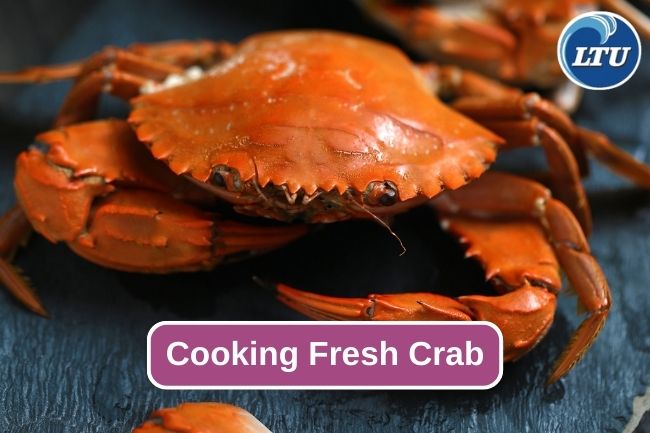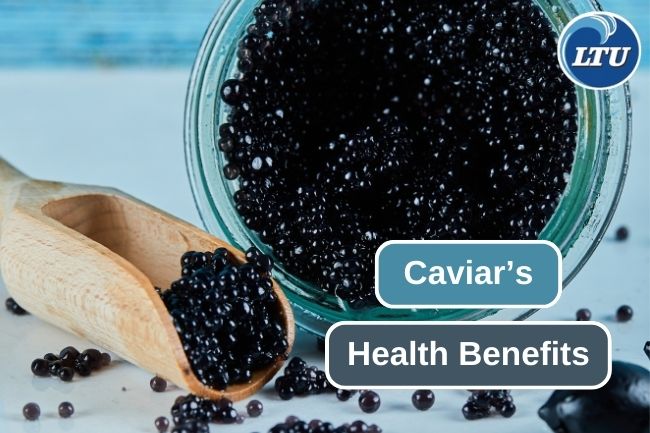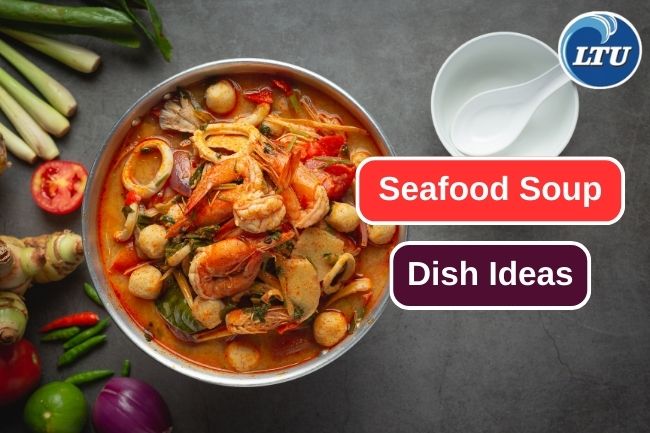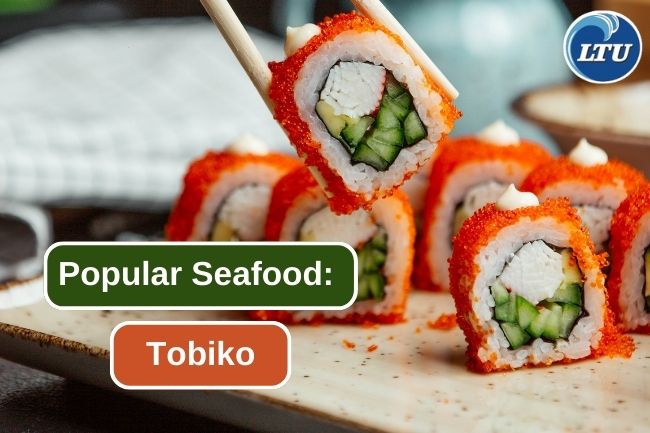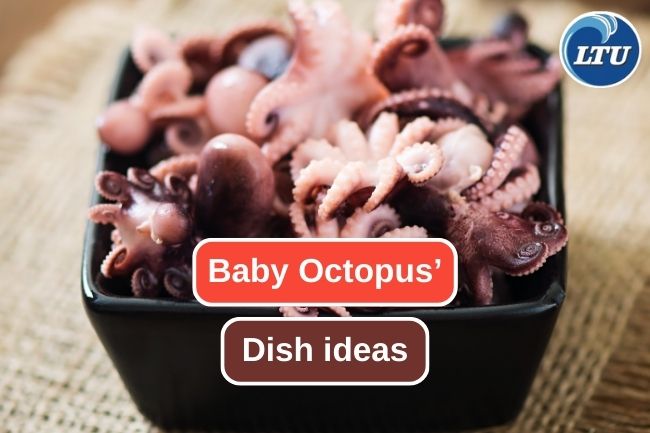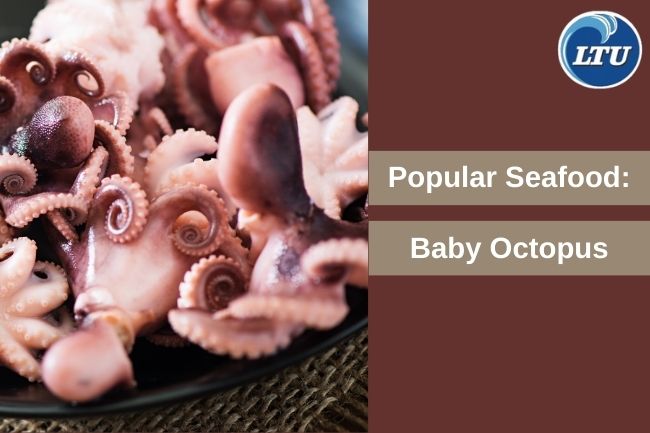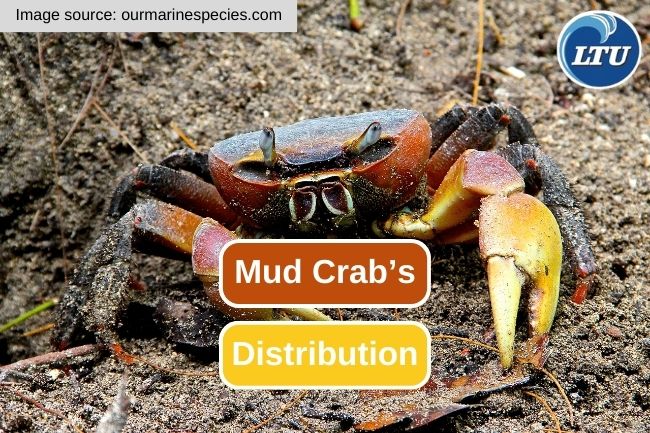3 Types of Seafood Poisoning
By. Nevanda - 20 Mar 2023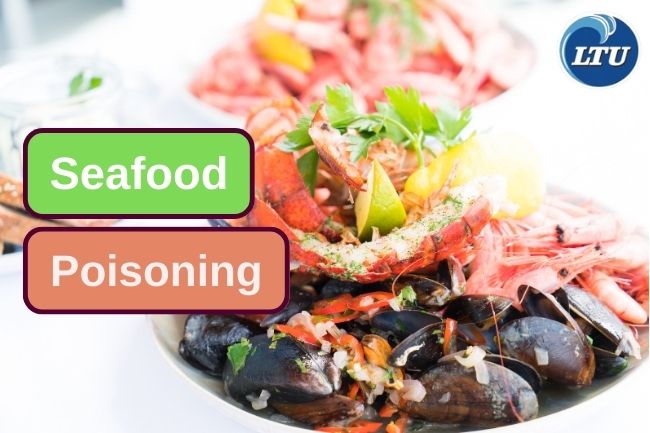
lauttimur.com - Generally, eating fully cooked food will help you to get rid of unwanted bacteria or chemical that can cause foodborne disease, or sometimes called as food poisoning. But there are few types of foodborne diseases you can get from seafood that cannot be prevented by cooking it. This can happen because certain seafood that you cook is contaminated with certain type of toxic.
Here are three main types of seafood poisoning:
• Ciguatera poisoning
• Shellfish poisoning
• Scombroid or also known as histamine poisoning
Read also: Black Pomfret Short Description
Let’s take a look a bit closer on each type of seafood poisoning
Ciguatera poisoning is a form of seafood poisoning that caused by eating warm water ocean fish that carry certain type of toxic called ciguatera. Ciguatera is a poison that is produces by very tiny living organism called dinoflagellate. It attached itself to algae, and they found abundant in warm ocean water reef areas. Small herbivore fish will eat these toxic algae and in turn they are eaten by larger predatory fish which these large fish are eaten by humans. Fish that caught in warm water ocean are potentially high carriers of ciguatera toxin.
Shellfish poisoning another type of seafood that can carry a variety of naturally occurring seafood toxins. These toxins can cause poisoning in humans, including: paralytic shellfish poisoning, amnesic shellfish poisoning, neurotoxic shellfish poisoning and diarrhetic shellfish poisoning. Shellfish poisoning usually happen because of consuming shellfish that contaminated with bacteria or viruses. This type of shellfish includes shrimp, crabs, oyster, mussel and squid.
Read also: 5 Things About Blue Ringed Octopus
Scombroid Fish Poisoning is an allergic type reaction that occur within a few hours after consuming fish that are containing high level of histamine. Histamine is produced by bacteria in fish. When a fish is not quickly chilled after capture, or have not been stored at correct temperature prior to consumption, the bacteria can multiply and produce high amounts of histamine. It can occur in many species of fish, including skipjack, mackerel, tuna, sardines, anchovy, marlin, and bonito.


